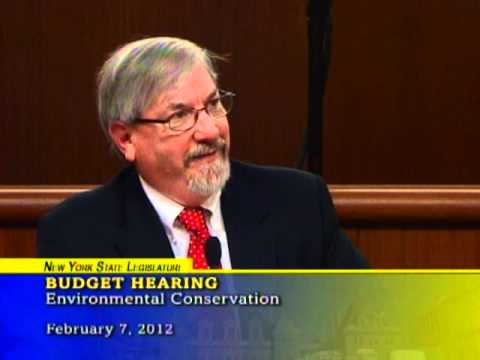
Improving Our Schools
Suzi Oppenheimer
July 19, 2010
-
ISSUE:
- Education
Race to the Top Legislation Highlights the Benefits of Consensus Approach
By: State Senator Suzi Oppenheimer
In May, the New York Legislature and Governor Paterson enacted sweeping education reforms that will pave the way for innovations to close the achievement gap and better prepare our students to compete in the global economy. I was privileged to take part in the negotiations over these reforms and to sponsor the historic legislation that was passed in the Senate.
The reforms include new policies for evaluating teacher performance, new rules for the financial oversight and expansion of charter schools and a new database system for tracking student achievement over time. It is expected that that these legislative changes will strengthen New York’s application for up to $700 million in federal education funding under the Race to the Top competition.
Given the State’s ongoing fiscal woes, much has been made about the potential influx of millions of dollars to support local school districts throughout New York. To be sure, as our Race to the Top application makes clear, New York is “in it to win it.” But apart from our understandable desire for Race to the Top funding, the educational reforms are noteworthy for two compelling reasons:
First, underlying the reforms we have adopted is a commitment by major stakeholders in government and the education community to a simple yet central premise – that every student in New York should graduate from high school fully prepared for postsecondary education or productive employment. The critical objective is thus not a “race” to be won or lost, but an ongoing pursuit of the best practices and programs to convey the skills and knowledge our students will need to succeed in life.
No single factor has as much impact on a child’s learning than his or her classroom teacher. Ensuring that New York recruit, retain and reward excellent teachers is therefore essential to meeting our educational objectives. The legislation we have adopted establishes a comprehensive statewide evaluation system that measures teacher and principal effectiveness based, in part, on student achievement. It provides an expedited hearing process for the removal of tenured educators who demonstrate a pattern of ineffective teaching or performance. The reforms also include a new database system that will track student performance from preschool through postsecondary education. This data will allow educators to determine the effectiveness of existing academic standards or curricula and to identify improvements in instruction that will enhance student learning.
Second, passage of these reforms reflects the benefits of achieving consensus on difficult policy issues. Providing New York students with a first class education is a goal that few would dispute. Indeed, educating our children to achieve their full potential, in my view, remains our best hope for sustained economic and social prosperity. But reasonable people can differ on the best approaches to attain that worthy objective.
In the months following our unsuccessful first round application for Race to the Top funding, efforts to reach agreement on reform legislation appeared hopelessly deadlocked. But I continued to meet with all interested parties, working closely with the State Education Commissioner and the Board of Regents. In the course of these lengthy discussions, common ground was forged.
Representatives of teacher organizations, including the United Federation of Teachers and NYS United Teachers, agreed to substantial new policies for the evaluation of teachers and principals. Similarly, charter school advocates agreed to reforms that will provide greater financial oversight of charter schools and enhance the accountability of charter school boards and administrators. These safeguards will help to ensure that state education dollars are used appropriately and that all students, including financially disadvantaged children, English language learners and children with disabilities, have equal access to charter school programs.
The support of teacher and charter school representatives, as well as other stakeholders, was critical in reaching consensus on the new reforms. In the end, the legislation that resulted greatly improves New York’s chances in the second round of the Race to the Top competition. More importantly, it charts a new course for public education in the 21st century -- one that will spur innovation, improve failing schools and help to fulfill our commitment of a quality education for all.
As an experienced legislator, I am deeply troubled by the increasingly politicized atmosphere in Albany, which has led to stalemate and inaction on many of the most important issues facing our State. The success of the education reform package offers some hope of the progress that can be achieved through good faith negotiation, a willingness to compromise and the ability to work towards the greater good.
